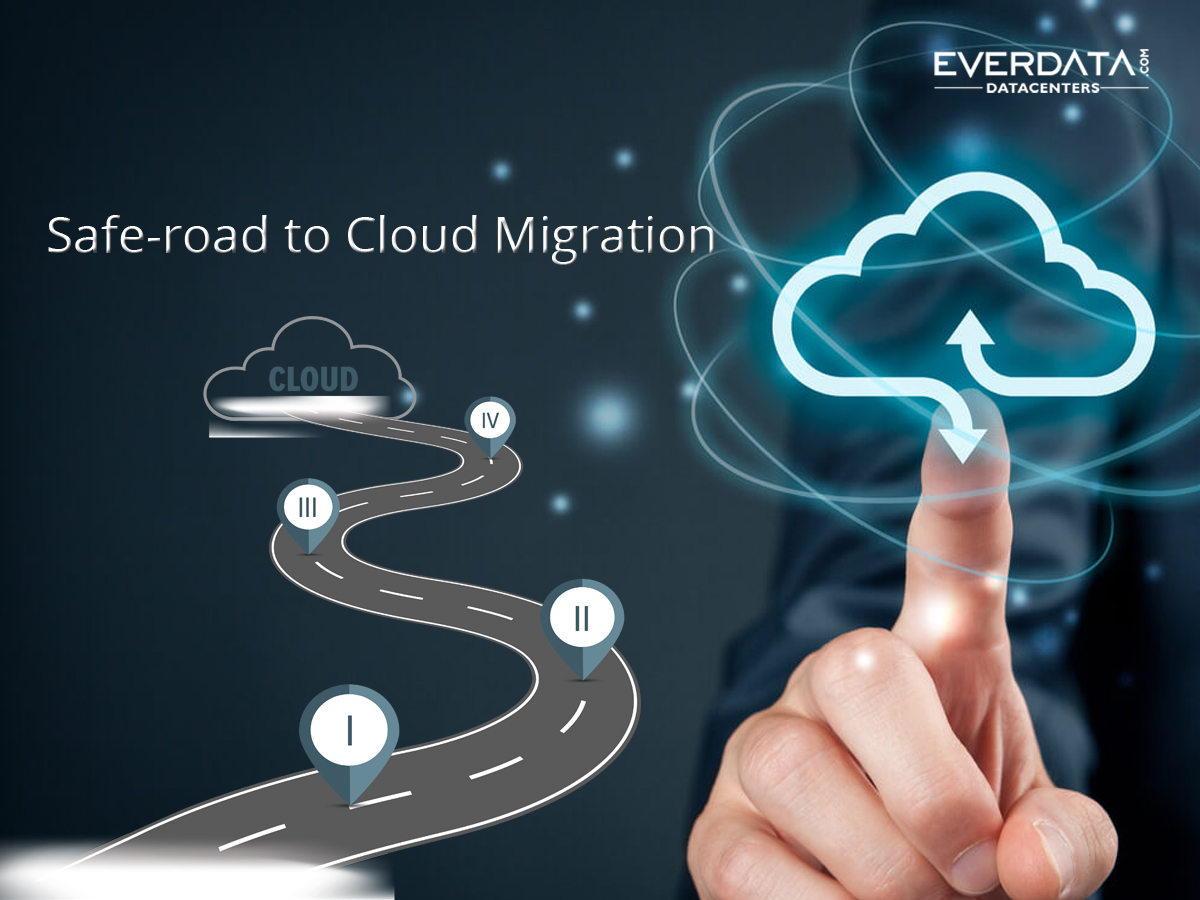
Submitted by Jasmina on

The Cloud is a great solution for startups that have no legacy infrastructure, for them it is as simple as subscribing to number of necessary cloud services, writing an app, provisioning some cloud space and their business is launched.
For businesses that have some years behind them it is not so straightforward. This especially goes for companies that have 10+ years market presence, they deal with complex IT architectures, aging applications and before they start reaping the many benefits of the cloud they need to migrate to the cloud.
Up to 70% of current enterprise applications would benefit from moving to the cloud. This of course differs from company to company, depending on the age of the business, the architecture of currently used applications and technical demands of industry it operates within.
Before any type of cloud migration it is imperative that enterprise applications are identified and categorized, this will enable analysis of costs and efforts needed to move them to the cloud. Before moving critical operations to the cloud, companies should try with less significant applications and from there build a business case for other “good candidates”.
As companies are increasingly migrating applications to the cloud there are no lack of mistakes around, so learning from them will help avoid costly errors in cloud migration process. In order to create migration process that is as smooth as possible, we have devised a list of points to consider that will help you bypass some of the common barriers and mistakes companies have made.
1. Compatibility
The process of migrating application to the cloud will be far smoother if the cloud service provider can offer the same operating systems and middleware environments that the company is already using. This compatibility ensures that those applications can be moved to the cloud without significant rewrites, thus saving time, money and frustration. Although some enterprises want to enhance performance to maximize the advantage of the cloud service provider’s capabilities, it is worth noting that less application changes required makes the transition more successful.
2. Security
The security is one of the main aspects of anything related to IT and when moving any application from relative safety or on premise environment to a third-party provider, security must be considered. The level of security that will be applied to a cloud based application in essence depends on the sensitivity of the data. Security measures such as access controls, authentication and encryption are a necessity for applications that deal with highly sensitive information. Keep in mind that regardless of the “location” of the application compliancy requirements still stand. On the other hand, application that deal with less sensitive data do not require same layers of security, in fact adding to many may slow down processes and influence the user experience in a negative manner.
3. Migrate gradually
There is no doubt that cloud has appeal but moving majority of applications to the cloud may bring more regrets than benefits. A gradual approach, migrating one at a time may be slower but much more beneficial in the long run. Ideally the initial application moved to the cloud would be the non-critical one, that doesn’t deal with highly sensitive data. Start with the application that promises the smoothest transition and that will provide positive business impact. Once expected return of investment is achieved these benefits can be promoted and open the way to other applications.
4. Not everything is for cloud
Although migrating applications to the cloud can offer many benefits, it’s not necessarily the right choice for every business application. Moving a complex legacy application might end up taking more work and investment than it is worth. But when considering new applications cloud should be considered. Weigh the pros and cons of the cloud against developing or deploying application in-house. It is very likely that the cloud will be the right choice, but that may not always be the case.
5. Responsibilities remain in the cloud
Among many benefits of the cloud, one is the managing and maintaining of the application which is handed to the cloud service provider, however this does not mean that the company is without responsibility. This is particularly important if the company is considering a hybrid approach where an application that you are running in the cloud communicates with the ones you are running in-house. Company requires a manager to stay on top of integration and communication. An experienced in-house team needs to be formed that will develop and implement the company’s cloud strategy and make sure that it is running smoothly.
In order to avoid all potential issues with multiple cloud deployments, so called multi-cloud it would be wise to consider one cloud provider that is capable of addressing all or majority of your requirements. Choosing a reliable cloud partner, as EverData will simplify the transition, provide consultancy in all stages of the process and provide highest ROI.
HP Research: Enterprises Bet on Hybrid Cloud to Lower Costs, Drive Agility and Speed Innovation (2013)


Add new comment